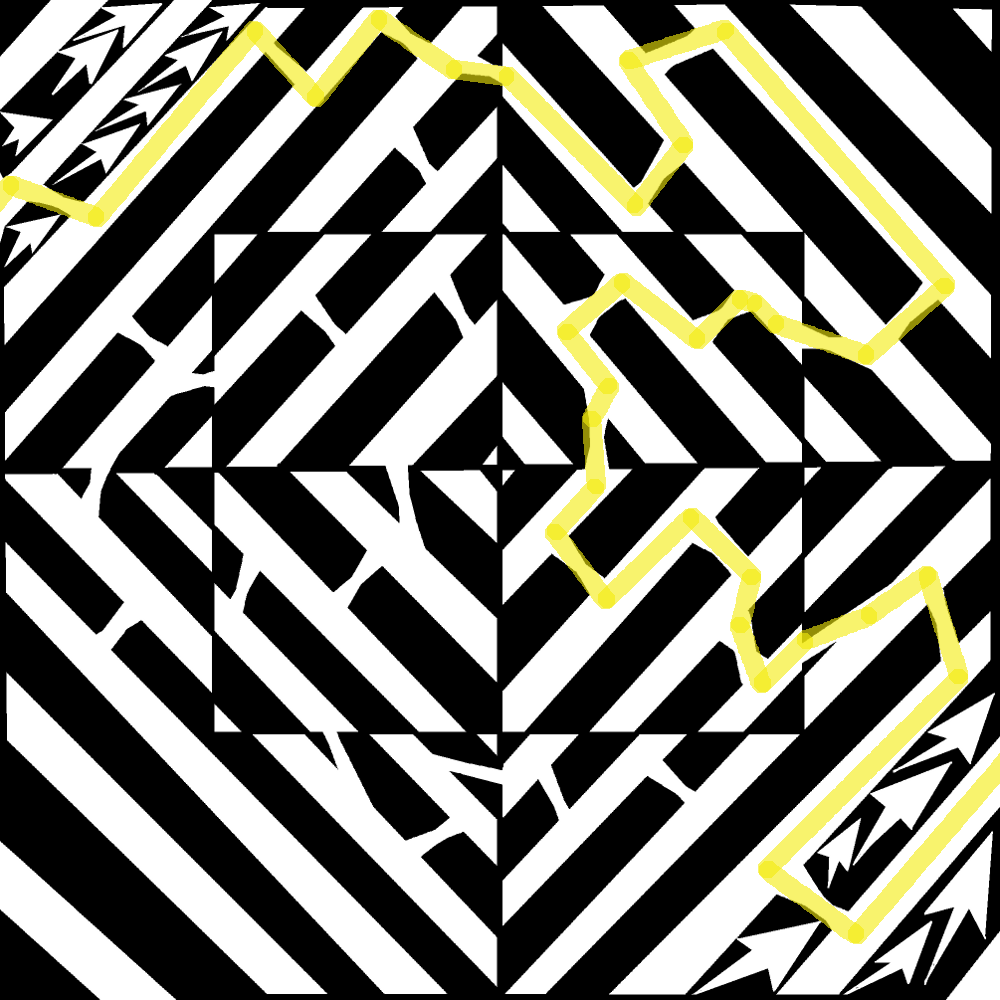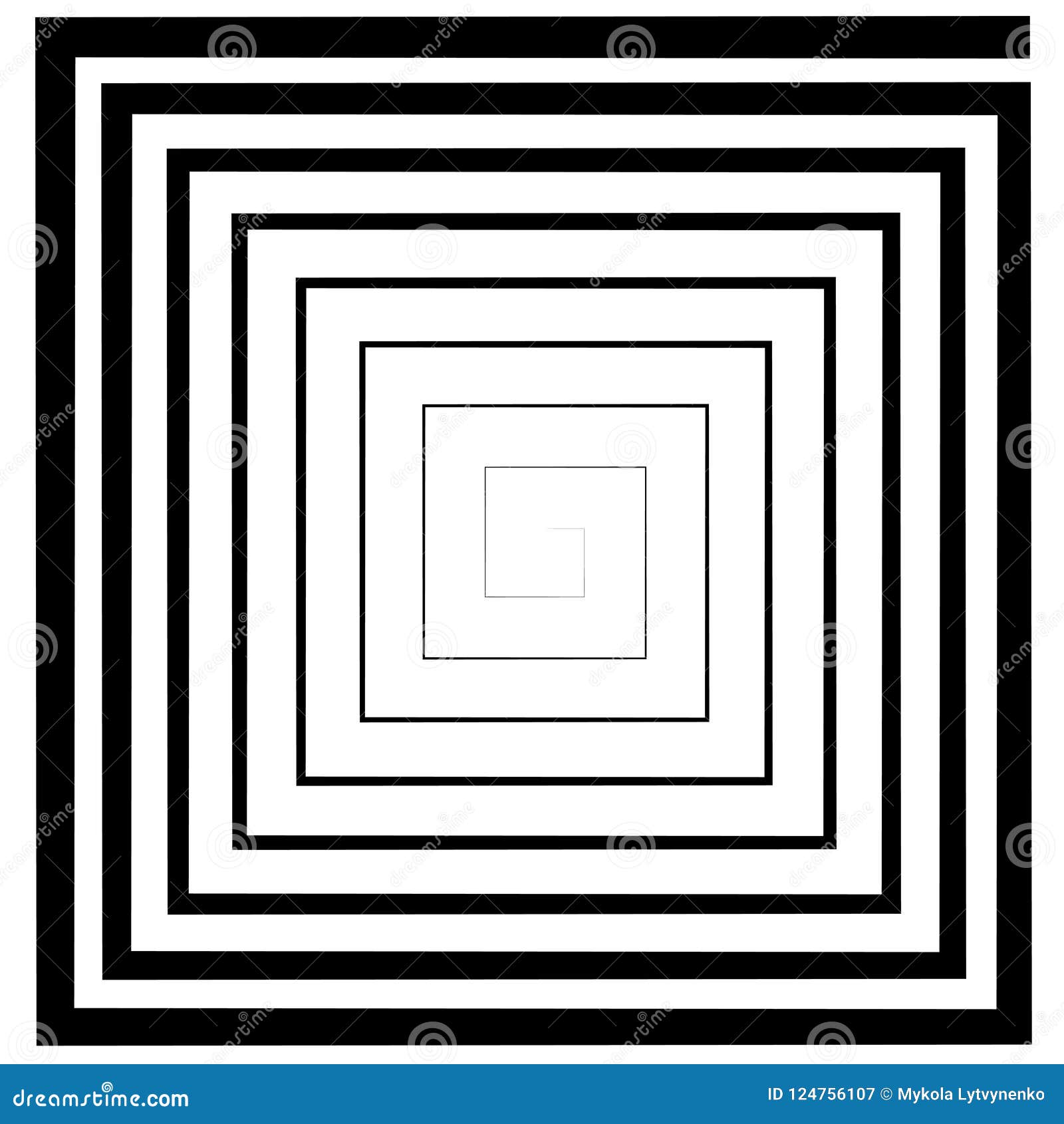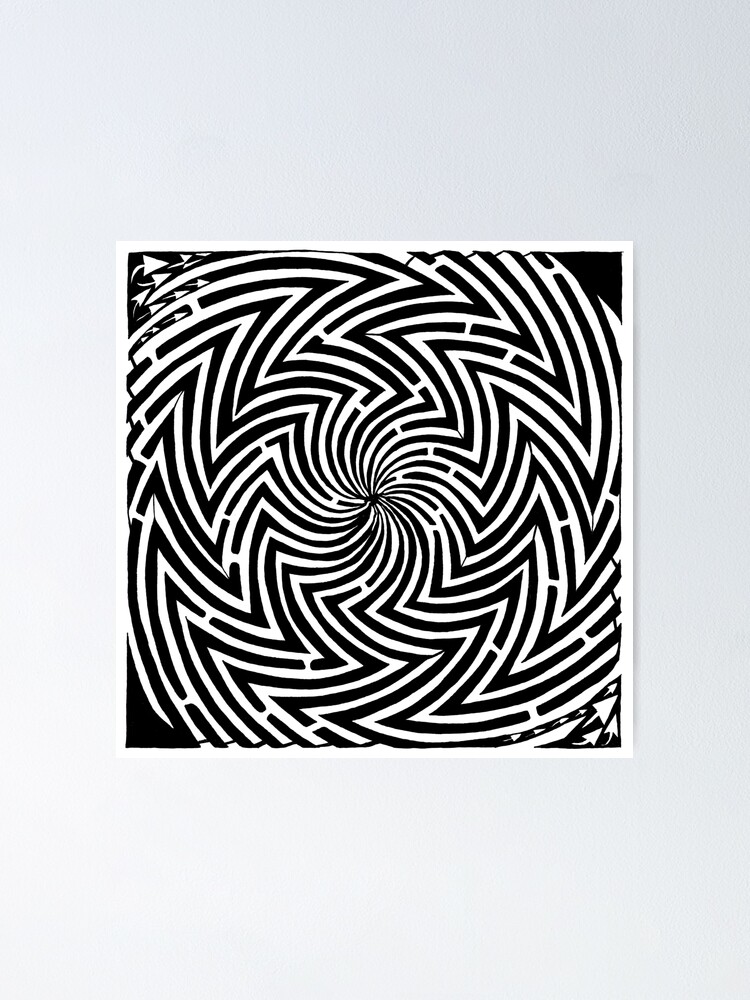

For example, the Ames Room illusion was used in the movie “The Lord of the Rings” to create the illusion of characters being different sizes. Filmmakers often use optical illusions to create special effects in movies. Optical illusions like these can be used in various fields, including entertainment, psychology, and even filmmaking. It was first described by Danish psychologist Edgar Rubin in 1915. The Rubin vase is a drawing that appears to show a vase or two faces, depending on how you look at it. The person standing on the far end of the room appears much smaller than the person standing close to the viewer, creating the illusion of an unequal size.Īnother famous optical illusion is the Rubin vase, which is an example of a figure-ground illusion.

From the front view, the room appears to be a normal rectangular shape, but in reality, it is not. The room is shaped like a trapezoid with the back wall shorter than the front wall, and the ceiling and floor are angled. The Ames Room illusion works by manipulating the viewer’s depth perception.

It is named after its creator, American ophthalmologist Adelbert Ames Jr., who designed it in 1946. The Ames Room is a distorted room that creates an optical illusion that makes people appear smaller or larger than they really are.

Optical illusions have always fascinated people, and the Ames Room is no exception. 13.Ames Rooms and Other Amazing Optical Illusions Considering the original painter was a well-known addict to anise-flavoured spirit absinthe, maybe this is exactly how he envisioned the original painting. It's a great example of how our brains will twist an image based on how our eyes adjust to what they're seeing, and I could stare it for hours. By staring at the rotating image above, the famous illustration will come to life in a flurry of swirls and movement. We're seeing stars with this trippy Van Gogh optical illusion. Like in the previous example, there's a way to make it stop – try focusing on one single wheel. This happens because of how your eyes process an image, scanning it repeatedly while autofocusing and adjusting. No, like the first optical illusion we saw in our list, this is not a GIF but a still image – though the wheels appear to turn in front of your eyes. This is an illusion, featured in Clive Gifford's book Eye Benders (opens in new tab), and inspired by experimental psychologist Akiyoshi Kitaoka (opens in new tab). Your head might be spinning (Image credit: Cliver Gifford via The Guardian) There are also accidental optical illusions caused by things like atmospheric phenomena and the similarities or the position of an object at a particular moment (see the floating ship below). Well-known artists such as René Magritte created these kinds of illusions. And finally there are literal optical illusions, which aren't exactly illusions since they've been created intentionally to confuse the mind. The classic examples of these are the optical illusions used in psychological texts, where an image could be interpreted in two different ways. Then there are cognitive illusions, which are just as fascinating because they can be interpreted differently by different people. These are caused by physiological factors in the way our eyes and brains interpret elements such as brightness, angles, or movement. These are the 'true' optical illusions – images that make us interpret them the wrong way, for example a still image that appears to be moving or an image that appears to be a particular colour when it isn't. First there are physiological optical illusions. There are several different kinds of optical illusions, and most usually fall in one of four categories.


 0 kommentar(er)
0 kommentar(er)
